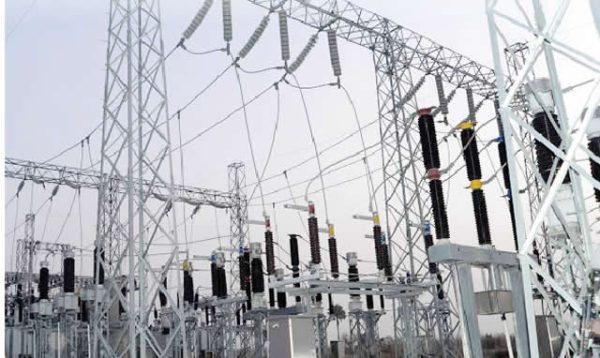Kainji, Jebba Power Plants lose N30bn
Kainji and Jebba power plants recorded about N30.5bn as losses caused by grid failures between 2022 and 2024.
The amount incurred as external losses was occasioned by the incessant collapse of the national grid.
Recall that the national grid experienced its latest disturbance last Thursday, making it the 11th collapse in 2024, affecting both business activities and livelihoods.
Consumers, the Transmission Company of Nigeria, and other stakeholders have lamented the effect of the collapse on economic activity.
The Federal Government has blamed the serial collapses of the national grid on the destruction of electricity infrastructure like transmission towers and transformers as well as obsolete equipment in the transmission substations.
It added that many factors, including aged and ageing facilities, lack of maintenance and requisite investment, as well as alleged sabotage by unarmed forces, had contributed significantly to the embarrassing situation.
Similarly, power generation companies in Nigeria have decried the adverse impact of incessant grid collapse on their activities, which, according to them, has resulted in huge commercial and technical losses over the years.
A document obtained by our correspondent on Thursday revealed that two of the highest-generating plants in the country had accumulated a loss of N30.55bn, with the highest loss recorded in the current year.
An analysis of the document showed that the losses were caused by system collapse, system instability or high frequency, ramp-down and unplanned outages.
It disclosed that the power plants lost 149,524 megawatts per hour amounting to N2.38bn in 2022. The figure increased by 164.7 per cent to N6.3bn in 2023 following a loss of 229,370 megawatts per hour.
In the first 11 months of 2024, the amount has increased by a staggering 247.14 per cent or N15.57bn to N21.87bn due to energy loss of 356,759 megawatts per hour.
The document further stated that the impact of the grid collapse on the hydropower infrastructure includes the destruction of critical equipment, misalignment of shafts, contamination of lubrication oil, as well as potential damage to turbines, loss of power generation capacity, disruption of maintenance schedules, increased operational costs due to the need for repairs and replacements.
It added that the major causes of the collapse include grid instability and overload, transmission line overload, inadequate system protection, failure of critical equipment, ageing infrastructure, poor maintenance practices, lack of timely upgrades to the grid, and insufficient capacity planning.
Additionally, factors such as unforeseen environmental conditions, human error, and inadequate response protocols during peak demand periods may have further contributed to the failure.
“When the electricity demand exceeds the capacity of the transmission lines, they can become overloaded. This may lead to overheating, equipment failure, or cascading outages,” the document noted.
Reacting to the issue, the Chief Executive Officer of the Association of Power Generation Companies Joy Ogaji, said that the grid collapse poses a significant threat to Nigeria’s power sector, resulting in frequent disruptions, equipment damage, and substantial revenue losses for GenCos.
Ogaji, who spoke at a media training on Thursday in Abuja, stressed that the multiple grid collapse has seriously impacted Gencos.
She said, “While we certainly need a huge jump in our electricity supply projection, it is imperative to preserve lives and equipment to sustain our rapid economic growth and meet the growing demand, we therefore need to make every effort to efficiently manage all stages of value chain with intentional focus on maximizing efficiency in the entire electricity chain.
“Grid collapse poses a significant threat to Nigeria’s power sector, resulting in frequent disruptions, equipment damage, and substantial revenue losses for GenCos. Technically, grid collapse can cause catastrophic damage to generators, transformers, and other critical infrastructure, leading to prolonged downtime and costly repairs.
“Commercially, the impact is equally severe, as GenCos face reduced power sales, penalties for non-delivery (in bilateral and cross border trades), and increased operational expenses. The dwindling resources exacerbate these challenges, making it difficult for GenCos to maintain, repair, and replace damaged equipment, ultimately compromising the reliability and efficiency of the power supply.
“Addressing these challenges requires coordinated efforts from government, regulatory bodies, and the power sector to improve infrastructure, enforce maintenance protocols, and ensure financial viability for GenCos.”
An industry expert, Stephen Ogaji said, “The current operational parameters of the grid are not healthy for thermal power plants, especially when one tries to be fully grid code compliant, that is:
“All generators on the grid should be on primary frequency response. If all the market participants in the Nigeria grid strictly play by the Grid Code, the current system parameters will have a lesser impact on any one individual.”








